I don't know if this style of routing/navigation has a name, but play.spotify.com is a good example. In short, at every navigation decision, the website loads a new view without deleting the old ones. This allows for pleasing "visual breadcrumbs" that enhance a feeling of continuity in single-page applications.
Critical features:
- The URL reflects only the current state, so a reload (or link share) erases this history.
- The history length is (seemingly) arbitrary--this is not hierarchical tree-like navigation but a rather a path on a graph.
My questions are
- Is there a routing scheme (via ui-router or something else) that would make this possible in Angular?
- Does this have a name?
The only way to implement this I can see is to programmitically add states in ui-router as in "Angular - UI Router - programmatically add states," but it just seems very hacky.
